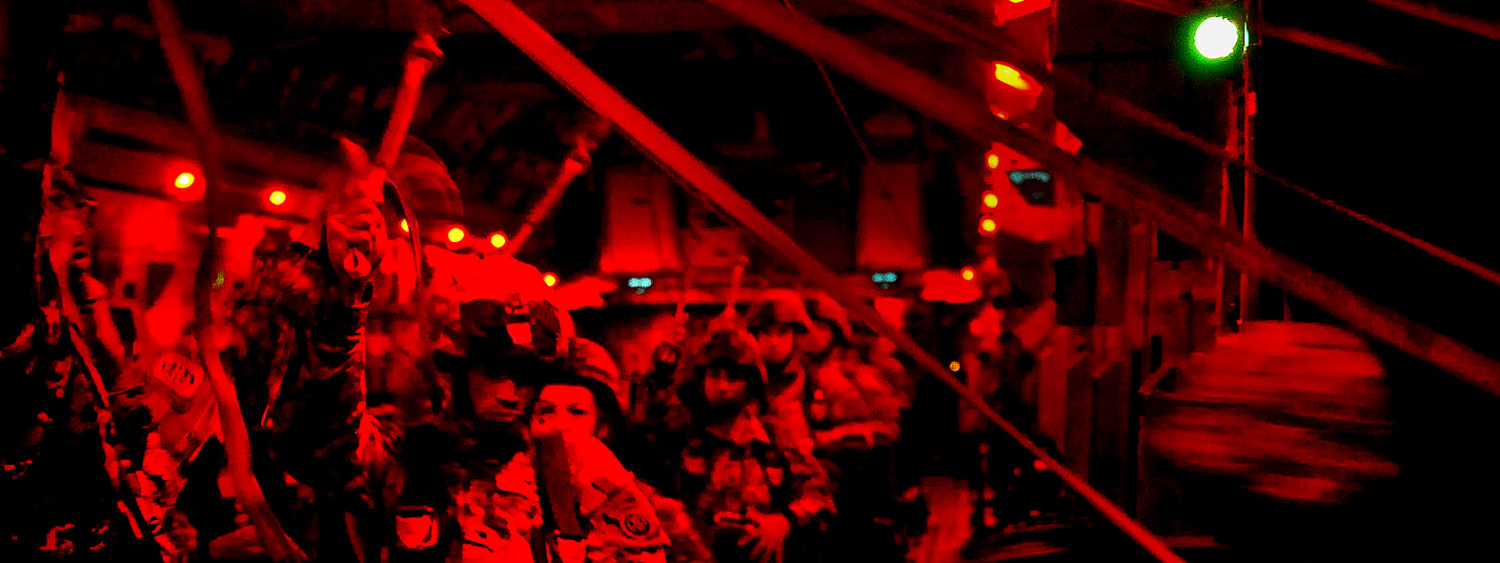The current operations (CUOPS) cell is essential to translating plans to orders and eventually the execution of combat operations. The CUOPS integrating cell “is the focal point for controlling the execution of operations. It “involves assessing the current situation while regulating forces and warfighting functions in accordance with the mission, commanders intent, and operations.” (ATP 6-0.5) CUOPS synchronizes operations, sustains the common operational picture (COP) and mitigates risk to the mission. In the operations process, the CUOPS cell is the commander’s most prominent tool to understand, describe, visualize, and direct operations. Because of the cell’s importance, the CUOPS teams must organize and train personnel, information systems, and processes to enable the commander to make a decision base on understanding rather than data points.






